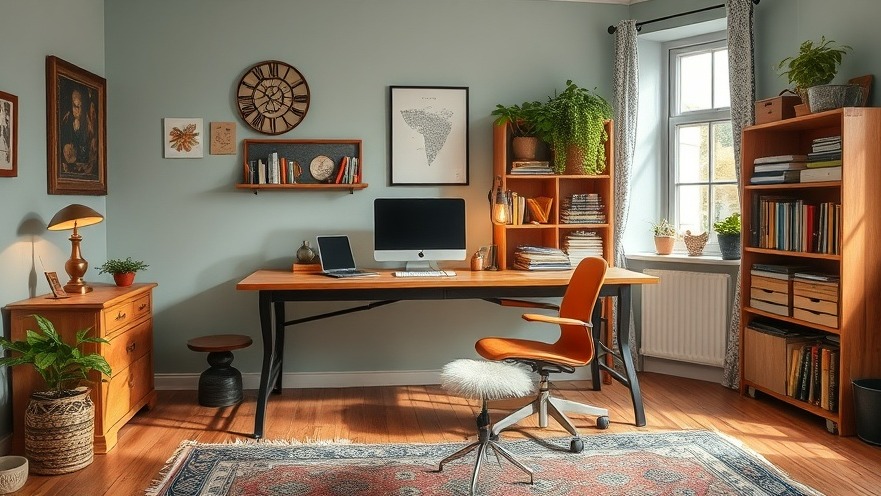
The Fusion of Culture and Creativity in Workspace Design
As more professionals become digital nomads, creating functional and inspiring workspaces has never been more vital. Recent projects from the Vilnius Academy of Arts, notably a new typeface inspired by ancient Slavic scripts, showcase the intersection of cultural heritage and modern design. This innovative approach not only celebrates history but also invites us to reconsider how our work environments can inspire productivity and creativity.
Ancient Scripts Inspire Modern Designs
The typographic projects emerging from the Vilnius Academy of Arts are not merely artistic expressions; they represent a dialogue between the past and the present. The typeface commissioned for this initiative borrows shapes and forms from Slavic heritage. For digital nomads, this connection to ancient culture not only brings aesthetic pleasure but can infuse their workspace with a sense of history and depth, potentially enhancing focus and productivity.
Understanding the Ergonomics of Workspace Design
Designing a workspace that fosters efficiency and comfort is crucial for anyone working remotely. Ergonomics, the study of how the workspace can be optimized for human use, plays a significant role in this. Factors such as the height of your desk, the quality of your chair, and even the ambiance created by your typeface choice can impact your well-being. Research indicates that environments rich in cultural elements tend to promote a deeper engagement and satisfaction. Therefore, integrating art pieces or typographic designs that resonate culturally can have a positive effect on mind and body during long working hours.
Creating Visual Inspiration in Remote Workspaces
For digital nomads, visual inspiration in the workspace can lead to greater motivation and creativity. The ancient Slavic typeface, with its unique lines and strokes, can serve as not only a functional tool for communication but also a source of artistic stimulation. By surrounding yourself with art and design that speaks to your cultural identity or interests, you may find increased productivity and enjoyment in your work.
Practical Tips for Crafting an Ergonomic Workspace
Invest in Quality Furniture: Choose a chair that supports the lumbar region and a desk that allows you to maintain proper ergonomics.
Incorporate Cultural Elements: Use items like the ancient typeface as décor to inspire and remind you of your creative roots.
Manage Your Layout: Position your computer screen at eye level and ensure adequate lighting to reduce eye strain.
These small changes can lead to significant improvements in overall productivity and comfort while working from home. By focusing on ergonomics and aesthetics, you can create a space that is not only functional but also enriching.
Bridging Cultures Through Design
The connection between ancient scripts and modern design is more than a trending concept; it's a reminder of the power of culture in shaping our environments. As digital nomads, integrating elements of our heritage or interests into our workspaces provides an emotional anchor in our transient lifestyles.
The Takeaway: Building a Customized Workspace
For digital nomads striving to balance beauty and productivity, embracing cultural designs like those from the Vilnius Academy of Arts offers both aesthetic pleasure and practical function. Explore analogous concepts in your local culture, or even in your own personal heritage, to craft a workspace that speaks to you.
Now is the time to take these insights and morph your workspace into a haven that reflects your style while also catering to your ergonomic needs. Don’t just work—thrive!
 Add Row
Add Row  Add
Add 




Write A Comment